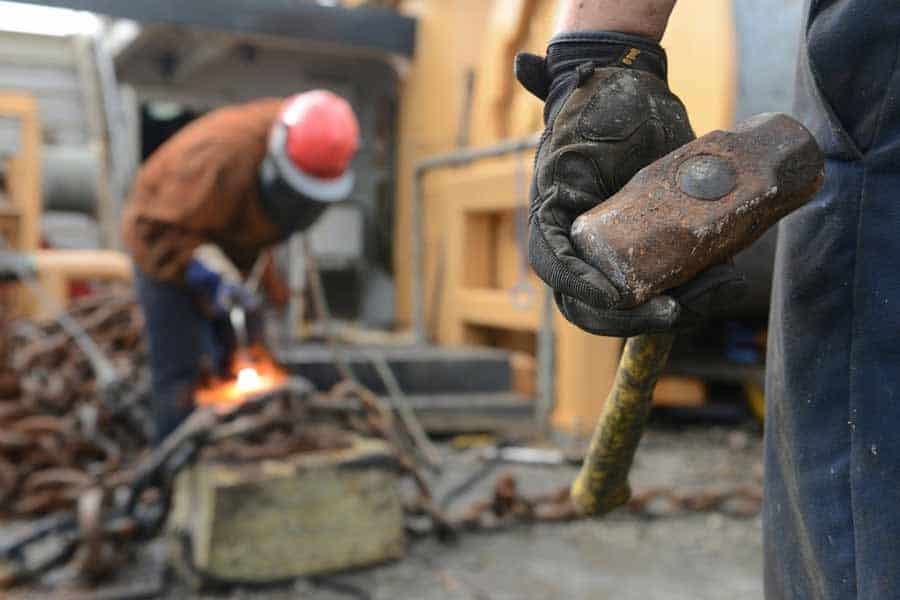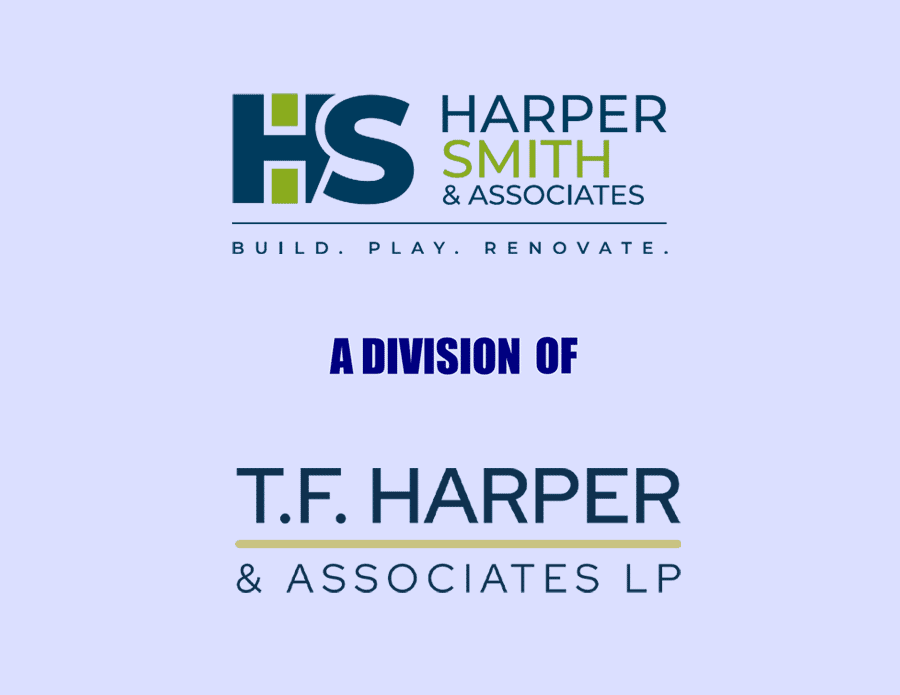Construction sites are necessary, but they can be dangerous places to be. Equipment malfunctions, scaffolds and trenches collapse, workers are burned, electrocuted or struck by heavy objects, and people trip and fall–sometimes from a height. According to statistics, of the 4,000 deaths that occurred in private industry in 2012, a little over 19% happened in the construction industry. How can a site manager or contractor make their construction site safer?
Protecting the Workers
The first order of business is to protect the workers from the hazards that are regularly found at construction sites. Workers need protection for their eyes in the form of safety glasses or face shields.
The workers’ heads need to be protected by hard hats that have first been inspected to make sure they are in good working order and are free of the sort of damage that can compromise their ability to protect. Hard hats need to be replaced if they show signs of denting, cracks or electrical burns.
Workers also need to wear the right gloves to protect their hands while allowing them to handle objects easily and safely.
Feet need to be protected by sturdy shoes or boots that are slip resistant and tough against punctures. Depending on the worksite, shoes or boots with reinforced steel toe protection may also be necessary.
Safety Of the Workplace Itself
All electrical components at the work site must be handled safely. This means that hot circuits should not be worked on, frayed cables and wires need to be replaced, and cables, cords and wires that are in good condition need to be protected. Equipment and tools such as ladders should be kept at least 10 feet away from electrical lines.
Scaffolding and ladders need to be secure. They should not be placed on unstable surfaces or objects such as barrels or stacks of bricks or cinder blocks. Damaged ladders or scaffolds need to be replaced, and scaffolding should be moved around only by people who are trained to do so. Scaffolds and ladders should not be loaded with more weight than they’ve been built to carry.
Stairways must also be sturdy and clear of debris. Slippery surfaces need to be fixed promptly and guard rails need to be placed on stairs that are higher than 30 inches or have at least four treads.
Trenches must be protected and workers must never enter trenches that are not protected. Protection includes sloping the trench, shoring it up with supports and trench boxes to cover it when it’s not in use.
Elevated surfaces and fenestrations need to be protected by guardrails and visitors to the area need to be warned of them by signs posted around the area. Nets and body harnesses can be utilized to break falls.
A list of all the hazardous materials should be drawn up and posted, and containers with hazardous materials need to be clearly labeled. There need to be hard copies of Material Safety Data Sheets, or MSDS on hand for every hazardous material that’s used, and workers need to be trained in their handling.
These precautions should do much to reduce the dangers of a construction site.





